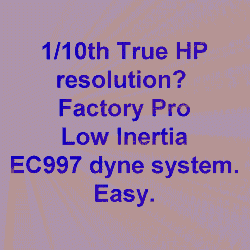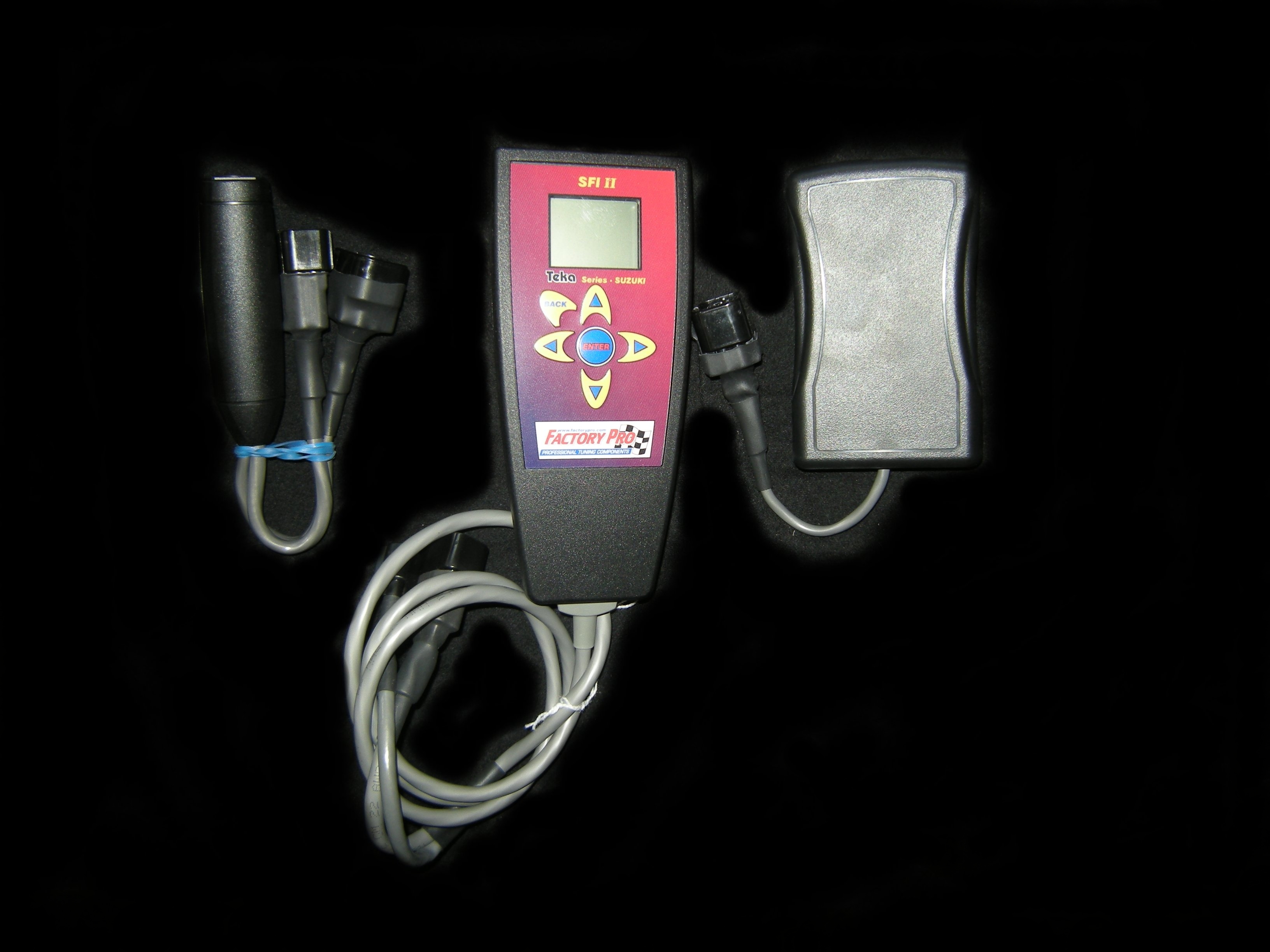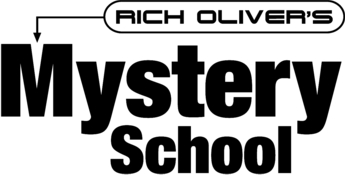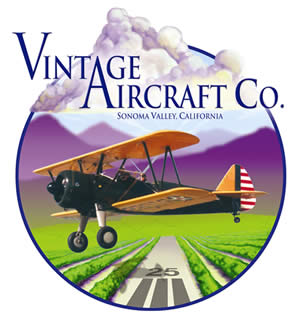|
When you have had some tuning experience and have seen,
firsthand, the problems that "tuning to an AFR" procedures create - and
have seen how often the better reputation "AFR tuners" deviate from "the
right AFR" in order to end up with a perfect running engine, the
following subjects will make sense.
While an
"AFR tuner" can indeed end up with smooth running and best power, the
process is significantly different, more difficult and far more time
consuming than what every other dyno companies will tell you when
they are "selling" you a dyno with a "tune to an AFR" scheme.
Current engine tuning's widespread, low level "theory"
is that tuning to "some desired AFR value" will result in clean and
smooth running and make the best possible power from an engine. The
reality is that once it's tuned to some arbitrary, perfect "AFR" value,
you have to (or at least "should") go back through the rpms and throttle
positions and literally poke and prod the "perfect AFR" values to make
the engine run, if not to best power, at least till the engine runs
smoothly.
Example, when a current sportbike (Japanese, Italian,
etc.) engine is "tuned to the right AFR", typically, the part
throttle cruise operation is burbly, rich and inefficient. How do
you fix it? You tell the engine that it doesn't want the "perfect AFR"
and wants something different - and, how much you change it, at
each
rpm and throttle %, from the "perfect AFR" to make it run well depends
on what the dynamics of the engine are, the ignition timing being over
advanced or over retarded from optimum and the common cylinder to
cylinder fuel "stagger" errors.
All in all, a daunting task, if it's done at every rpm that it should be
done at.
When it all comes down to elegance and efficiency in
tuning, wouldn't it be more cost effective for a dealer / tuner and
result in better and cleaner performance for the rider to tune the
engine to where it made Best Power (under Load, which is a whole other
subject!) and use the 4 gas readings to help you make rich / lean
decisions - and then, when you are done, use the information contained
in the automatically logged 4 gas EGA data to help you determine if you
should advance or retard the ignition timing or delve into individual
cylinder tuning? |
|
Digital systems 4 gas systems are not affected by leaded race fuels.
Digital systems do not use "wideband lambda o2 sensors" - We use a completely different type of o2 sensor - It's only $150
to replace, lasts more than a year and is what EPA uses in all their test
equipment for o2 measurements -
Compare to $200 to $400 for fragile, wideband o2 sensor.
O2 sensor and a/f ratio + lead = potentially big expense and wandering af readings
EPA does NOT ALLOW the use of "wideband o2 sensors" to
derive "AFR".
EPA requires the use of a multi-gas EGA (like
what we manufacture)
Supposed "AFR" readings, using only O2 in the exhaust gas, are always
corrupted by cylinder fuel metering stagger, engine temp, sensor temp,
ignition timing, emission's exhaust air injection systems, fuel types.
Digital EGA systems are not permanently affected by liquid water.
Liquid water kills wideband o2 sensors - instantly.
O2 sensor and a/f ratio + water =
O2 sensor expense
Digital 4 gas EGA systems are not affected by
leaded fuels.
One big USA race team, who was still "tuning to an
AFR" called us up and asked where we bought our O2 sensors -
They have to replace their dealership level dyno's wideband o2 sensors every two
weeks due to lead fouling.
Our
Digital 4 gas EGA systems - use a different type of sensor and don't care about the lead in race or aviation
fuels.
O2 sensor and a/f ratio = no leaded fuels allowed
Factory Pro 4 Gas EGA method = lead has no effect
Digital 4 gas EGA systems o2 sensor commonly lasts over a year
with multibike, almost daily use.
(ours is used that much!)
Of course, O2 is just 1 of the 4 gases that you look at and the other 3
gases' sensors usually last many years.
Digital systems CO, HC and CO2 mass spectrometer
equipment rarely fails in use without warning.
O2 sensor and a/f ratio = no information and no warning -
Factory Pro method = constant 4 gas zeroing ability
Digital 4 gas EGA systems use CO% as a much more reliable and consistent indicator of mixture
strength.
In general, if 5% CO made best power at some rpm and throttle position, you could
also tune all other throttle positions and
rpms and even idle to 5% and you'd have a nice, smooth running engine.
If you used an 02 sensor and tuned to the magic 13.1:1 AF Ratio at full
throttle AND at part throttle and at cruise and idle - it would commonly
be too rich at cruise and part throttle and the customer, if they speak
up, will not be happy with cruise. Especially common with HD's with
longish cams, big
cruisers and big sportbikes that spend a lot of time at part throttle.
As a tuner, it's somewhat depressing to hear that gsxr or HD burbling
through town at 25 mph - as you just "know" how it was tuned......
(funny story, I once flagged down a guy
on a gsxr and told him that if he was going to continue to ride by my
house every morning at 6:30am, that he could bring his bike over and I'd
retune it for free, just so I could get up to the sound of a good
running engine instead of his "custom tuned by a "trained" "official
center's" overrich map.
O2 sensor and a/f ratio = changing af target throughout the rpm and
throttle band and that's why a good tuner, using a wideband o2 sensor
only, has to, or should second guess "AFR" and spend hours to fiddle with "target" af ratio values
to get something that runs "ok".... hours of fiddling.... did I
mention..... "hours of fiddling" vs. a "one time" hour or so of manual tuning?
CO% = changing target CO%, maybe as much as a whole 1 %..... Less time
tuning - more accuracy - happier customers.
Better tuning and more profit.
Digital systems use HC as an indicator of engine efficiency.
Lower unburned hydrocarbon ppm (parts per million) in exhaust,
when finished tuning to
Best
Power indicates good overall state of engine health - you'd even see that large
bore engines, at 200 to 300 ppm, are cleaner burning than small bore engines,
usually 600 to 800 ppm). That's due to increase boundary surface area.
O2 sensor and a/f ratio = no information.....
Digital systems use HC and CO2 to show "over or under advanced" ignition timing.
Generally, after you finished fuel tuning, you'd see high HC and low
CO2 - and that
would indicate that you should try backing off or advancing the ignition timing. If
it's too advanced - the power will improve as it's retarded and the HC
will drop to <1000 ppm, due to better combustion efficiency.
O2 sensor and a/f ratio = no information.......
Digital systems use O2 as just and only as an indicator of how
much oxygen is left.
If the engine is making Best Power with a particular fuel stagger and
/ or ignition timing, and the o2 value is above 1%, I'd look at improper
fuel stagger and retarded ignition timing - Retarded ignition timing
increases the O2 level in the exhaust - so we don't rely on it as a
"goal".
O2 sensor and a/f ratio = all eggs in leaky basket..........
Hint and fatal flaw in wideband o2 sensor tuning and why you don't get
Best Power with tuning to "an A/F Ratio".
O2 gets left in the exhaust for many different reasons, like
dilution, ignition timing, fuel additives, emissions systems, improper jet
or FI stagger.... all affecting the O2 readings........ and all cause dyno
users to tune wrongly - Usually
causing the tuner to over richen the mixture to make the so-called AFR,
appear right.....
And - even if you actually were getting a real a/f ratio - the "optimal
power a/f
ratio" would change based on every throttle opening and rpm.
(unlike the CO%, which doesn't change much, based on throttle position,
rpm or ignition timing)
Digital 4 gas EGA systems use CO2 as a clue to "retarded from best power" ignition
timing.
If you've optimized fuel for best power and the CO2 is less than 9, it
indicates that you should try advancing the ignition timing. Power will
increase as you advance the timing to optimal setting, the CO2 will
approach the 10% range if the fueling is correct and you reach tuning perfection.
O2 sensor and a/f ratio = no information..........
But in the words of a "non-Japanese name" Los Angeles exhaust system
manufacturer, "I run the bike with our exhaust system and your dyno
tells us that we have to tune. I don't want that. I run a bike with our
exhaust on a xxxxxxx dyno and it shows me a hp increase, an I'm done"
Ouch. That hurt - They sold our EC997 dyno and it served the Canadian
professional racing community for many years and many championships.
Digital 4 gas EGA systems use CO2 as in indicator of general, overall fuel and
ignition timing optimization.
If you are making Best Power and the CO2 is 9.9 to 10.2,
you HAVE:
optimal fuel on EACH cylinder
optimal ignition timing on EACH cylinder
and you are 99% sure that you are making
all the power that that
engine can make and no change of fuel or ignition will make it better
-
O2 sensor and a/f ratio = no information.....
Congratulations.
You have just succeeded in exceeding the power and engine smoothness from maps done by "Tuning
to an A/F Ratio" with a wideband o2 sensor.
Funny story and AFR Tuning:
One of the local North California fast guys had a gsxr1000. We tuned it to
where it made best power on the EC997 dyno.
He went up to Infineon Raceway for an AMA national race.
Xxxxxx dyno truck was there giving away free tuning. Being a racer, he
brings his bike over to them and they run it.
Result?
According to the rider, they say, "It makes good power, but the "AFR" is
all messed up". So - rider says, go ahead, fix it.
So, about 45 minutes of slow, tire blistering sweeps go by and,
regardless of the "AFR" he tunes to, he is still 5 djhp down from when
the bike had the "messed up AFR mapping".
Eventually, the rider, says "I have the next practice, just put the
original map in and I'll come back later.".
Sadly, (and it's not like I haven't ever forgotten.... either) the dyno
operator forgot to save the original map and he left some map that he
did in the power commander, to "some AFR".
2 months later, the rider calls me and asks if I have a copy of the map
that we'd done and also asks if I can tell if a map is one of mine. Yes,
I told him, I probably still have a copy of his map saved and that I
tend to leave some numeric "marker patterns" in my maps just for fun to
see if a map that's floating around on the internet was originally one
that I had done, so, I could probably, ID my map.
Well, he shows up, we dyno the bike - it was about 5 hp down in
different areas and it def. wasn't the map that I sent him out with. I
found his old map, downloaded it back into his pc3 and the 5 hp came
back.
All they can do is tell you that
your so-called "A/F Ratio" is "all messed up... but it makes good
power......"
So - what's the point of "tuning to an AFR" in the first place?
If you read this page, there's
another funny story about another local race friend, Steve Rapp's bike
and Road America. :-)
Ya gotta call and ask. <wink!>
Marc 415 491 5920
............................
Technical information:
Marc Salvisberg
Factory Pro Tuning
101 Roblar Drive
Suite C
Novato, CA
94949
800 869-0497
|






